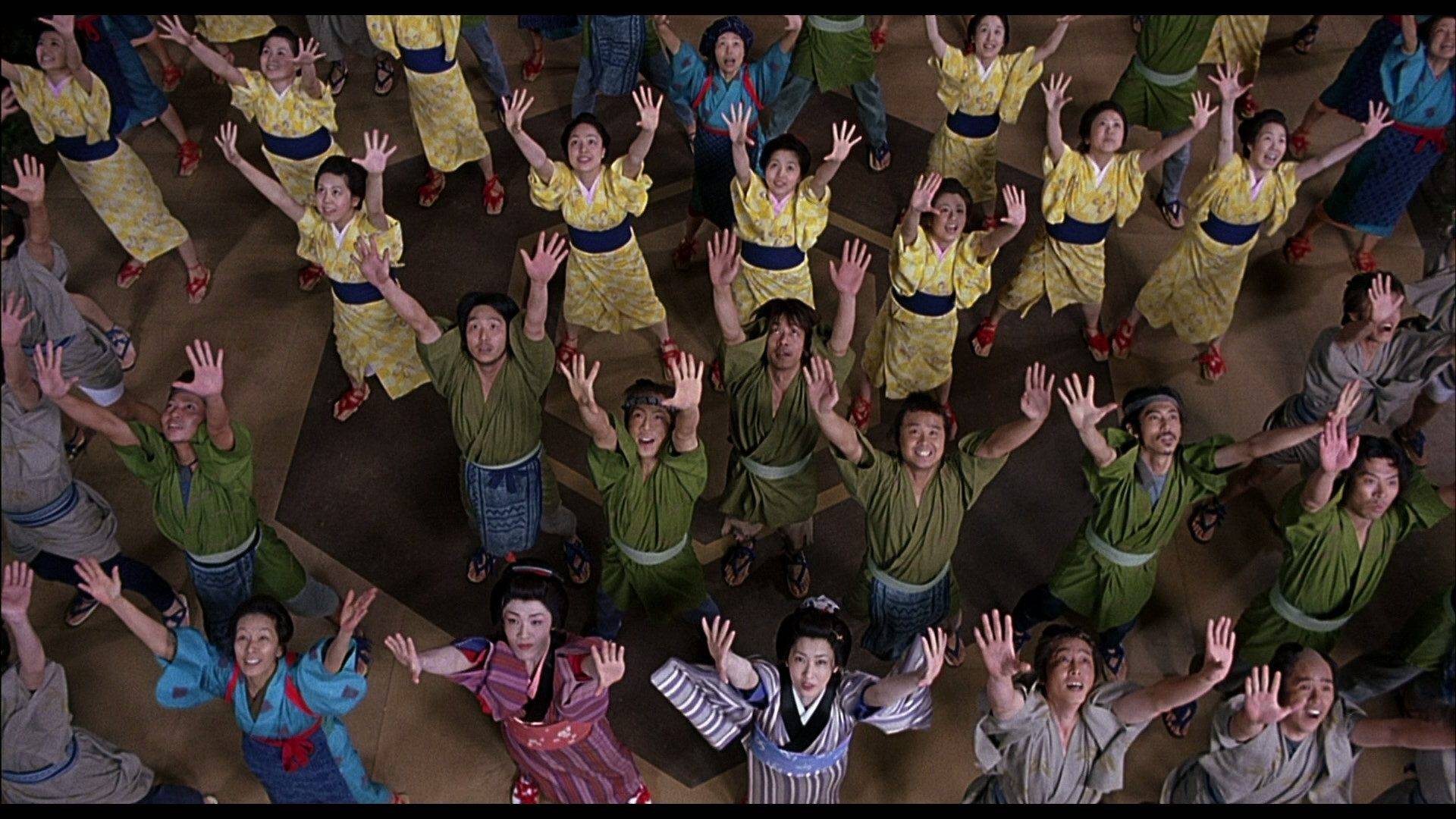Painting the life of the common people in a world where the major daily chore was finding enough food, can lead readers to think they are indeed being presented with a bleak world. And yet, the Japanese culture has always been one of songs and dance and laughter.
Some genre readers are excited by the swordplay, but wonder why the farmers (they are never called “peasants” in Yamabuki books) are included.
Yet it is Innkeeper Inu in Cold Blood who comments about Yamabuki as she dons a silk kimono and dances with the staff of the Inn of young Bamboo.
Inu slapped the floor. “Ha! See how a ‘samurai’ moves–in the battlefield or in dancing, she’s a master of movement!”
And though there were probably more warriors in Japan of old, per capita, than in any contemporaneous culture, the common people were the vast majority of the population and it was from these people that Yamabuki learned the best dances.
The Yamabuki series seeks to honor all the peoples of the land and suggest the people of the time found a way to express joy.
The 2003 Beat Takeshi film, Zatoichi, the blind swordsman, has a very modern take on Japanese dancing, but one which I hope bridges the gap with people who lived, loved, danced, and sang in a by-gone era.
